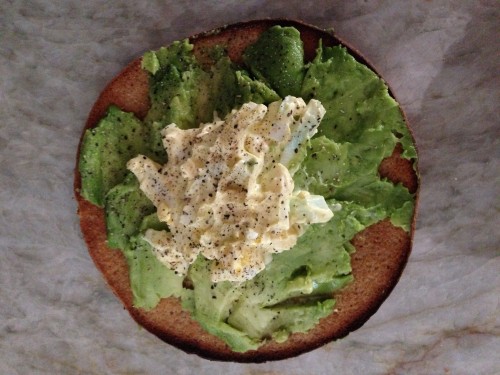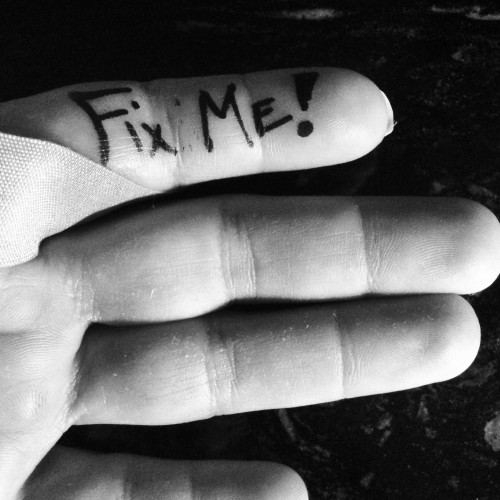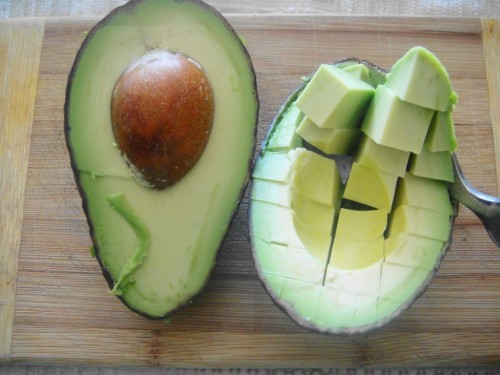You know that feeling when everything is terrible and terrifying and you don’t know what to do, and you find yourself lying in a pile on your bedroom floor, desperately looking for some sign of hope in old letters, or your Facebook newsfeed, finding nothing there to comfort you?
Come on, yes you do. We all do.
This past week, I read an article by Julie Peters and was inspired to learn about this relatively unknown Goddess from Hindu mythology: Akhilandeshvari.
I am sure you are wondering how an Indian goddess is going to tie into this food post and I assure you it will reveal itself but I am going to give you a candid glimpse into my world. Earlier this month why I was busy at work I decided to make a quick open-faced smashed avocado and egg salad sandwich. It was perfect for the mood I was in light and simple. The first half was so good that I opted to go back and make a second one. I was very rushed and in between emails and incredibly unfocused on what I was about to do. While attempting to pit the avocado the knife slipped off of the pit and went directly into my hand. The damage was quite unbelievable. I severed two nerves and an artery and partially severed a tendon. All in an instant everything changed.
Now lets go back to this goddess from Hindu mythology, she teaches us that, in this moment, in this pile on the floor, you are more powerful than you’ve ever been.
Akhilandeshvari:
“Ishvari” in Sanskrit means “goddess” or “female power,” and the “Akhilanda” means “never not broken;” The Always Broken Goddess. I love that the double negative here means that she is broken right down to her name.
Dissimilar to how we perceive the word broken in the Western world; this kind of broken does not indicate weakness. Akhilanda derives her power from being broken: in flux, pulling herself apart, living in different, constant selves at the same time, from never becoming a whole that has limitations. It’s the kind of broken that tears apart all the stuff that gets us stuck in toxic routines, pushing us into the scary process of trying something new and unfathomable.
The thing about going through sudden or scary or sad transitions (like an accidental stab to the hand while trying to incorrectly pit an avocado) is that one of the things you lose immediate sight of is your future: your expectations of what the story of your life so far was going to become. Watching that future dissolve in front of you is terrifying.
But Akhilanda explains that now you get to make a choice. While in pieces, in a pile on the floor, with no idea how to go forward, your expectations of the future dissolve. Confusion prevails. Your stories from the past do not apply. You are in flux, changing, and the situation pushes you into a new direction. This is an incredibly powerful opportunity to become new again: to choose how you want to put yourself back together. Confusion becomes the teacher—how could you ever learn if you already had it all figured out?
This goddess has another interesting attribute, which is, her crocodile ride.
I know, who rides crocodiles?! Well not anyone I know, but they are symbolic in two ways: Firstly, the crocodile represents our reptilian brain, which is where we feel fear. Secondly, the predatory power of a crocodile is not located in their huge jaws, but rather that they pluck their prey from the banks of the river, take it into the water, and spin it until it is disoriented. By symbolically riding on this spinning, predatory, fearsome creature, Akhilanda rejects her fear, and does not let it control her.
Reading about her has given me strength and hope during a time of change and uncertainty in my own life. While I metaphorically struggle a little bit in that pile on the floor and wondering how the hell to get up again (or in my instance, back to cooking in the kitchen). The answer, as it turns out, is right before me: in pieces, warrior-style, on the back of a crocodile. Dam straight!
If everything remains the same, our routines would become limited, so toxic to us that, even the crocodiles would catch on, and we’d get plucked from the banks, spun and eaten. All the places in you that are shattered can now reflect light and color where there was none. Now is the time to become something new, to choose a new definition of whole.
Bonus lesson as I dig deeper- to remember that even that new whole, that new, amazing groove that we create is an illusion. It means nothing unless we can keep on breaking apart and putting ourselves together again as many times as we need to.
We are already “never not broken.” We were never a consistent, limited whole. In our brokenness, we are unlimited.
Enough about my soul searching and unexpected spiritual journey, lets get back to food! In this simple recipe post I teach you how to safely pit an avocado and how to correctly prepare hard cook (or hard boil) eggs to make my famous egg salad. Egg salad is a favorite dish and regular menu item at my house. I hope it will soon become one of your favorites. It goes well on sandwiches, stuffed into celery ribs and on salads.
Smashed Avocado & Egg Salad Open-Faced Sando
Ingredients
6 hard cooked/boiled eggs; directions below
¼ cup mayonnaise
1 tsp Dijon mustard
¼ tsp salt, plus a dash
¼ tsp pepper, plus a dash
1 avocado
1 tsp fresh lemon juice (optional)
2 pieces thin bread, lightly toasted
Directions
Mix mayonnaise, Dijon, ¼ tsp salt and ¼ tsp pepper in medium bowl. ADD chopped eggs; mix well. REFRIGERATE, covered, to blend flavors.
To safely cut your avocado grip the avocado gently on one side with one hand. With a large, sharp knife in the other hand, cut the avocado lengthwise around the seed. Open the two halves to expose the pit. Make another cut, lengthwise on the avocado half that has the pit, cutting around the pit, exposing it so that it is easier to remove. A spoon can also be used to scoop out the pit. Never use a small sharp knife – it is not worth the risk of hurting yourself – trust me!
At this point, you can either scoop out the avocado flesh with a spoon or slice the avocado into segments. Gently make cuts in the avocado flesh in a cross-hatch pattern, careful not to break through the avocado peel. Scoop out to remove.
In a small bowl add avocado and mash with a fork, add in dash of salt and pepper. If not serving immediately, add in 1 tsp fresh lemon juice, mix well and refrigerate.
Divide and spread avocado on each slice of bread, top with 2 TBS of egg salad and devour.
To hard cook/ hard boil eggs:
Place desired number of eggs (in a single layer) into a large pot. Fill pot with water to completely cover the eggs at least 1-inch above eggs and turn heat to high. Bring water to a full boil; approximately 15 minutes. As soon as eggs start to boil, set timer and allow to boil for 11 minutes.
Immediately remove from heat and set pot in a sink. Fill with cold water and ice cubes to stop cooking. Turn water off and allow eggs rest for 10 minutes. Eggs should feel cool to the touch. Hard boiled eggs are easiest to peel right after cooling. Cooling causes the egg to contract slightly in the shell.
To peel a hard-boiled egg: Gently tap egg on counter top until shell is finely crackled all over. Roll egg between hands to loosen shell. Starting peeling at large end, holding egg under cold running water to help detach the shell from the egg.
Keep hard boiled eggs in their shell in the refrigerator for up to 1 week. I like to draw faces on the extras with a Sharpie pen so that fridge goers can easily identify them for consumption.






